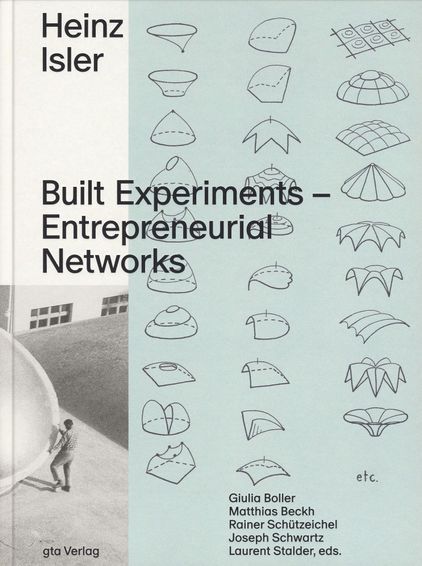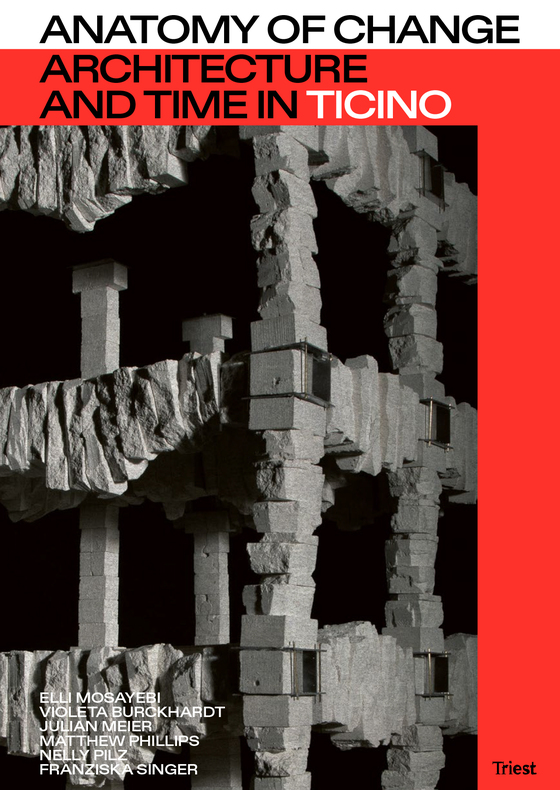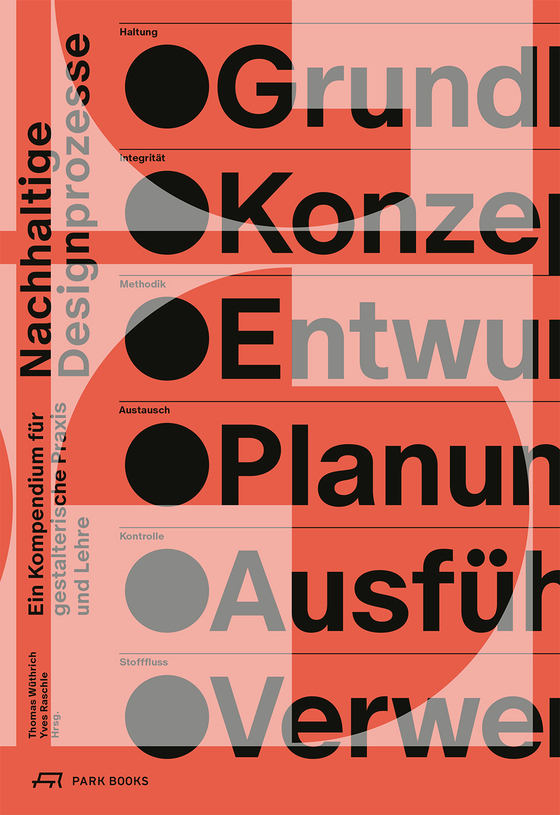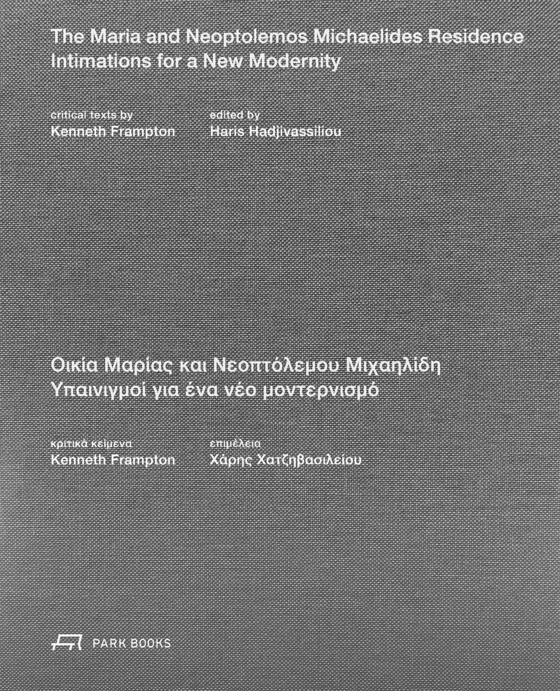Elegant ohne Balkon auf der Donau-City
Auf einem Restgrundstück in der Wiener Donau-City vermittelt ein Wohnturm jenes Weltstadtflair, dem es dem Stadtteil in großen Zügen fehlt. Wäre das nicht ein Ansporn zu weiteren Verbesserungen des Geländes?
Franziska Leeb, Spectrum, 16.12.2025



